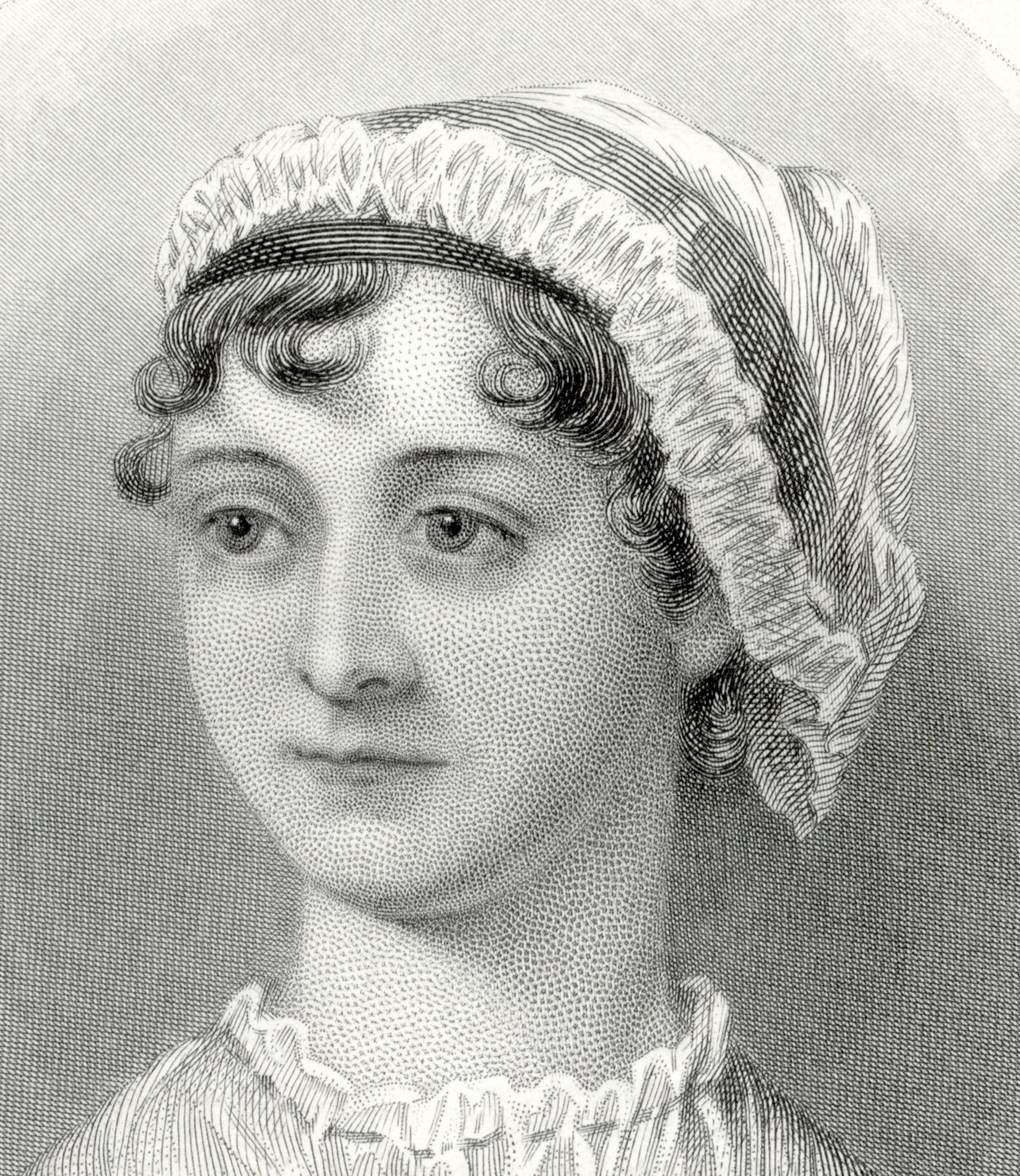I’ve heard a lot of talk recently about the problematic
distinction, especially in education, of identifying someone as a “science”
person, or an “art” or “humanities” person.
With the widening career gap in the sciences between men,
and women and people of color, much attention has been paid to how to increase
the numbers of underrepresented groups in the sciences. Predominant focus
falls, as usual, on our education system and how K-12 institutions can change
these disparities. Programs targeted at increasing youth exposure to science,
technology, engineering and math (STEM) fields abound. But at what cost?
 |
| Breaker (via stock.xchng) |
I for one, when faced with the question “Are you a science
person or an art person?” legitimately can’t answer.
Partly because I think it’s a meaningless distinction; an
arbitrary definition based on our limited understanding about people and how
they think about the world.
But partly it’s because I consider myself both a science person and humanities
person. I love learning about what science tell us about the world and each
other. But I also love singing, books, and writing. And it’s the combination of
these that I find truly fascinating.
I think it’s why I love psychology and qualitative research
so much. Those two fields marry the scientific method and the humanities in a
way that is both logically appealing and creatively fascinating to me. The
study of words, relationships, and people acknowledges the beautiful complexity
of the human condition while also seeking to understand it more fully.
 |
| Jane Austen (via http://commons.wikimedia.org/) |
But if I had never had the opportunity to deeply study BOTH
science and arts, I know I wouldn’t have ended up where I am today. If I had
been labeled as a “science” person when I was young, just because I was a girl
who happened to be good at math, I would have turned out a poor scientist. Similarly,
if I had been labeled an “art” or “humanities” person because I happened to be
a good singer and liked reading Jane Austen novels, I would have turned out a
poor humanities scholar. I am neither one nor the other. I am both. And I know
I’m not alone in that.
The abundant focus on STEM at the expense of the arts leaves
us with an “either or” scenario, not a “both and.”
But I’ve found that really understanding the human condition
requires both a willingness to acknowledge what science tells us about
ourselves, but also a willingness to acknowledge that we don’t know everything.
Not everything is as neat and quantifiable as science would like. Nor is
everything always as achingly complex and mysterious as the arts might suggest.
Reality is somewhere in the middle.
I think it’s unfortunate that we as a society are still trying to
label our youth as one or the other and intrinsically placing more value on one
(science) over the other (humanities). This does our youth a disservice because
it does not foster their own intellectual curiosity. It perpetuates the
tendency toward stereotypes, labeling and judgment.
In reality we would all be better off if we viewed this as a
spectrum, acknowledging that everyone is at least a little bit of a scientist
and a little bit of an artist. Scientists can be good artists just as artists
can be good scientists.
Life shouldn’t be about whether you’re a “science” person or
a “humanities” person. It’s about wonder, curiosity, passion, and creativity.
Those are quintessentially human traits that have spanned generations and
brought the fields sciences and humanities to where they are today – to a
better understanding of the world and the human condition.
So focus on developing children’s wonder, curiosity, passion
and creativity and let them discover where their fascination will take them.
We’ll all be better off in the longer run.
What do you think? How can we enhance interest in science
while also teaching the value of humanities and arts?
No comments:
Post a Comment